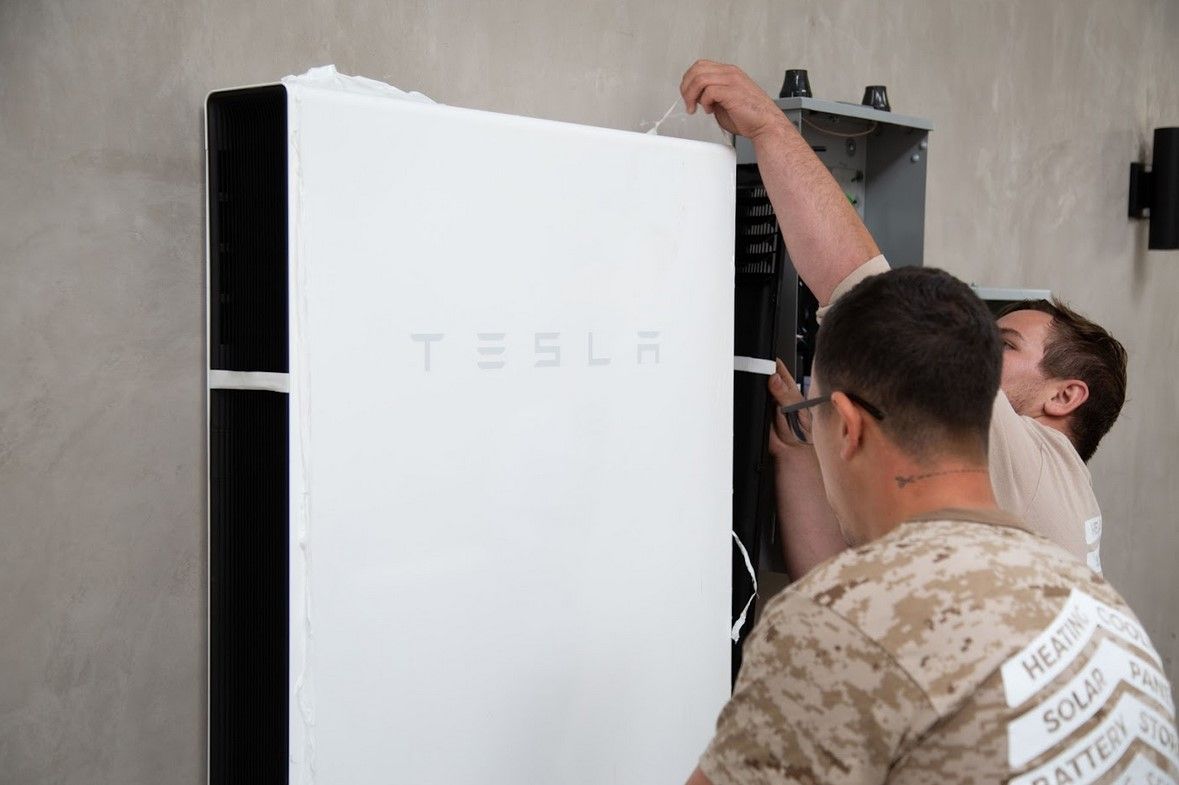Optimal Timing for Windows Installations
Choosing the right time for Windows installations can impact the efficiency and success of the process. Factors such as system readiness, workload periods, and environmental conditions play a role in determining the best timing.
Scheduling installations during evenings or weekends minimizes disruptions and allows for dedicated time to complete updates without interruptions.
Installing Windows prior to significant software releases ensures compatibility and reduces the risk of conflicts.
Performing installations during planned downtime avoids productivity loss and ensures system stability.
Timing installations when hardware components are functioning properly reduces the likelihood of errors and hardware conflicts.

Technicians executing Windows setup in a professional environment.

User preparing hardware and data backup before Windows setup.

System configuration and updates after Windows installation.

IT staff planning installation during scheduled downtime.

Assessing hardware readiness before Windows installation.

Verifying software functions post-installation.

Training employees on new Windows features.

Creating backups before initiating Windows setup.

Support staff assisting during Windows installation.
| Timing Consideration | Best Practice |
|---|---|
| System readiness | Ensure hardware and software compatibility before scheduling. |
| Workload periods | Choose times with minimal user activity. |
| Environmental conditions | Avoid installation during extreme temperatures or unstable power. |
| Major updates | Coordinate with upcoming software releases. |
| User availability | Schedule when users are available for support and training. |
| System backups | Perform backups prior to installation. |
| Downtime planning | Align with planned maintenance windows. |
| Critical project deadlines | Avoid scheduling near important project deadlines. |
Windows installations are a crucial part of maintaining system security, performance, and compatibility. Proper timing ensures minimal disruption and maximizes the benefits of the update. Regular updates can improve system stability, enhance security features, and provide access to new functionalities. Statistics indicate that timely installations reduce downtime by up to 30 percent and decrease the risk of security vulnerabilities. Planning installations around organizational schedules and hardware readiness contributes to smoother transitions and better user experiences.

Technicians installing Windows on enterprise hardware.

Verifying system stability after Windows setup.

Assisting users with new Windows features.

Ensuring hardware functions correctly after installation.
Interested in scheduling a Windows installation or learning more about the process? Filling out the contact form can provide tailored information to meet specific organizational needs. Proper planning and execution ensure a seamless transition to the latest Windows environment.

